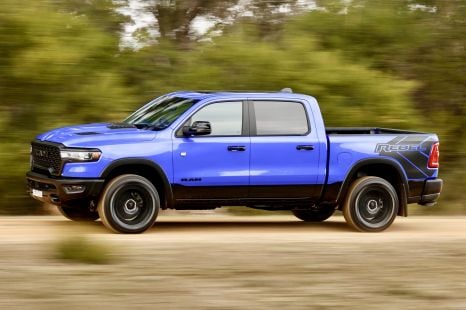

Max Davies
2026 Ram 1500 Rebel review
5 Days Ago
The new Kia Cerato GT is going to surprise you. This is a well-sorted and well-priced bit of kit, with more talent than you might expect.
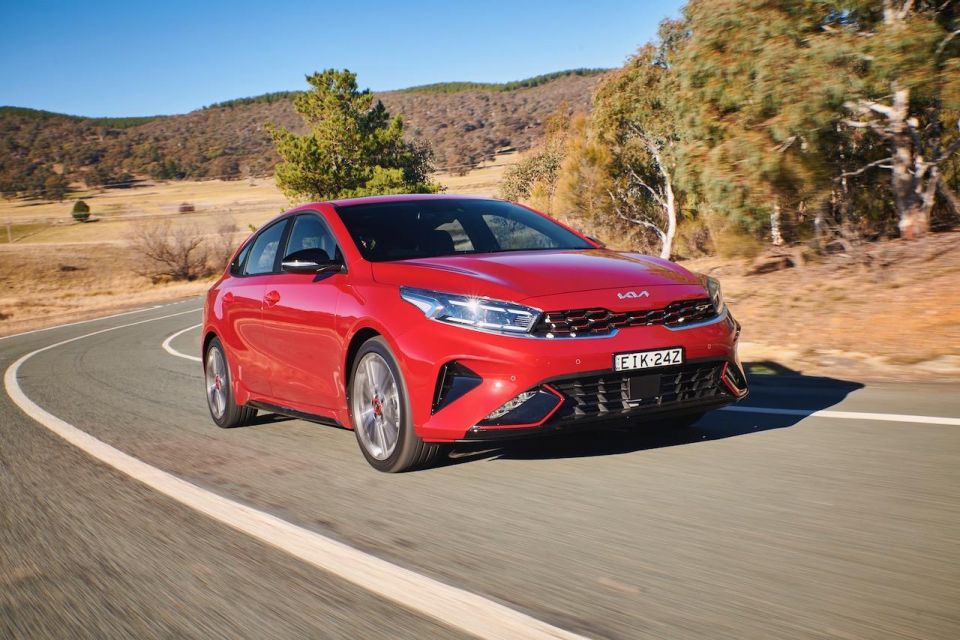


Senior Road Tester
New from
$21,490
excl. on-roads

Senior Road Tester
New from
$21,490
excl. on-roads


Senior Road Tester
New from
$21,490
excl. on-roads

Senior Road Tester
New from
$21,490
excl. on-roads
Quickly see how this car stacks up against its competition. Select any benchmark to see more details.
Where expert car reviews meet expert car buying – CarExpert gives you trusted advice, personalised service and real savings on your next new car.
Small car sales aren’t setting the world on fire these days, but the facelifted fourth-generation Kia Cerato is one of the most important vehicles in the brand’s line-up right now.
Not just for the fact the Cerato became the most successful Kia model earlier this year after notching up more than 155,000 sales since launching in 2003; it’s also the first model to wear Kia’s new logo in Australia.
The logo is a fresh approach to badging, which could significantly alter people’s perception of the brand. It adds a touch of class to the new Cerato.

It might only be a nip and tuck, but Cerato is all the better for its facelift, boasting a more resolved look thanks to sleeker light assemblies, as well as a new grille, front bumper and fog lights.
Along with those exterior touch-ups and upgrades, the Cerato’s cabin gets a few welcome inclusions for the first time. Headlined by a larger infotainment display, the list of inclusions also extends to a sunroof in GT models, an electronic parking brake, rear air vents now on lower grades, and rear occupant alert.
It’s not extensive, but it’s enough to make the Cerato a seriously good small car, especially when you factor in the Kia’s seven-year warranty, seven-years of roadside assist, and seven-year fixed-price servicing.
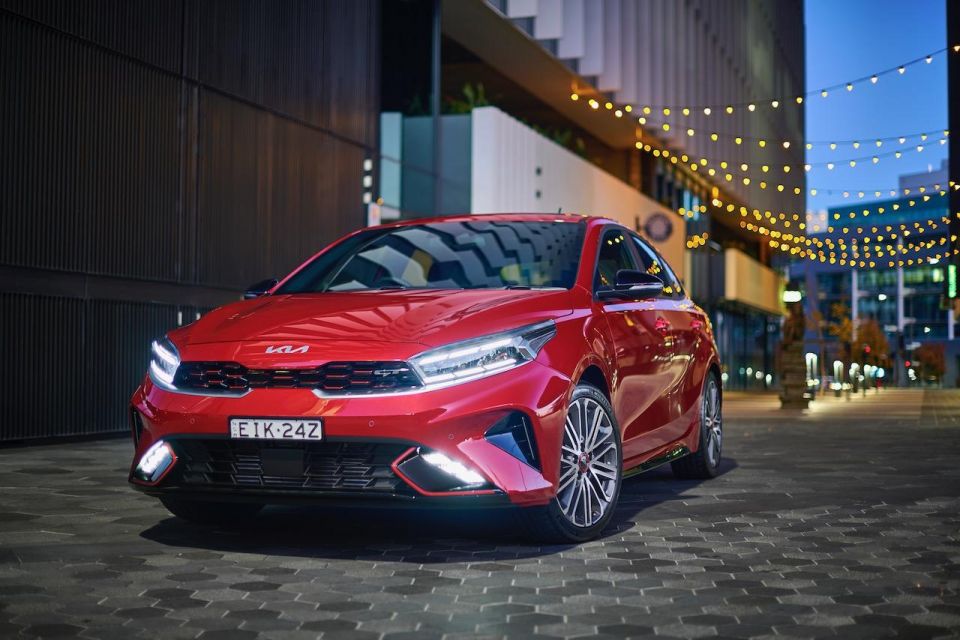
Pricing for the Kia Cerato is up across the board, albeit by just $500 compared to the last run of pre-update cars. As is typically the case, Kia offers nationwide drive-away pricing.
The full price list is below:
All prices are drive-away.

At the bottom end of the range, the Cerato S is cheaper than the least expensive Hyundai i30 with an automatic transmission once on-road costs are accounted for ($25,420 before on-roads).
The Cerato Sport+ undercuts the Hyundai i30 Elite ($31,420 before on-roads) and Volkswagen Golf 110TSI ($31,950 before on-roads).
At the top of the range, the Cerato GT is priced in line with the Hyundai i30 N Line Premium ($36,220 before on-roads) and Golf 110TSI R-Line ($37,450 before on-roads).

Buy your new car without the stress. It's fast, simple and completely free.

Great service from Travis and team, second time I have used this business would not hesitate to recommend them to anyone
Craig C.
Purchased a Ford Ranger in Sunshine Coast, QLD
CarExpert helped Craig save $7,224 on his Ford Ranger, now let us save you on your next new car.
Get your BEST priceThe base Cerato S comes with the following standard features:
The Cerato Sport adds:

Both the Cerato S and Cerato Sport are available with the Safety Pack($1500), which adds:
The Cerato Sport+ adds the features of the Safety Pack plus:
The flagship Cerato GT adds the following:
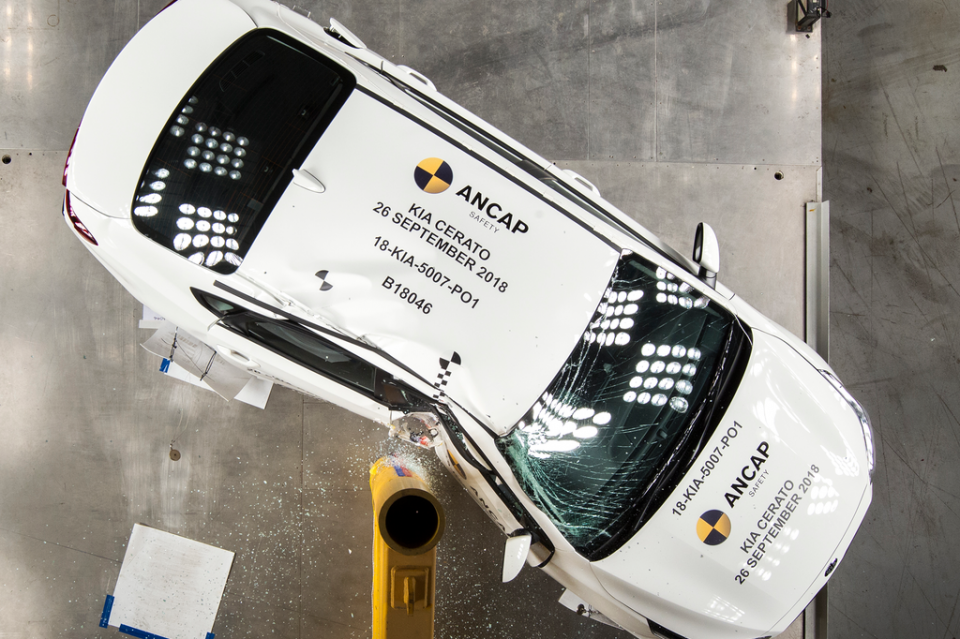
When the Kia Cerato was tested by ANCAP in 2019, it received a split rating.
Kia Cerato S and Sport models without the Safety Pack received a rating of four stars, while all other Cerato models received a rating of five stars from ANCAP.
All models received an adult occupant protection score of 90 per cent, child occupant protection score of 83 per cent, vulnerable road user protection score of 55 per cent and a safety assist score of 71 per cent.
All 2021 Kia Cerato models come standard with the following safety equipment:
When equipped with the Safety Pack, or in Sport Plus and GT trim, the list of safety equipment is expanded to include:
The Sport+ and GT also feature blind-spot assist which actively intervenes to avoid collisions.

The new 10.25-inch touchscreen really lifts cabin, especially in the top-spec GT which we drove at the launch. It’s the perfect size, boasting excellent clarity and response times.
That said, there’s still no full-size digital instrument display as you get with cars such as the Volkswagen Golf, Skoda Scala, and Renault Captur for similar money, or on Korean-spec Ceratos (known as the K3 back home), but it’s not a deal breaker.
The sporty seats are comfortable and supportive, as tested over several hours behind the wheel. They remind me of those in the Golf, but with extra aesthetic value from the red contrast stitching and GT embroidery on headrests.
That same stitching extends to the GT’s flat-bottom steering wheel, which wears the new Kia logo alongside its polished metal accents. Those metal trim bits are found throughout the entire cabin, and only serve to lift the look and feel.

The design itself is tasteful, with plenty of horizontal lines across the dash bookended by extra-large air vents with metallic surrounds. It’s not exactly premium, but it’s interesting and has plenty of soft touch points.
Allied to the sporty alloy pedal set in the GT are cool floor mats with ‘GT’ in what looks like anodised red metal.
There’s also plenty of spots for phones, wallets and keys up front, and a decent-sized centre console box for other odds and ends. You get adequate USB charging ports too, with two up front and one for the second row.
Rear leg- and headroom is more than adequate for those of average height, while boot space in the hatch we sampled is 428 litres with the rear seats in place, more than the i30 (395L) and Golf (381L).

The 2021 Kia Cerato range comes with a choice of two engines, both carried over from the outgoing model.
Most models use a naturally-aspirated 2.0-litre four-cylinder with 112kW of power and 192Nm of torque, with a six-speed auto fitted as standard. No more manuals, at least for now.
The range-topping GT replaces the 2.0-litre with a turbocharged 1.6-litre four-cylinder producing 150kW of power and 265Nm of torque, mated exclusively to a seven-speed dual-clutch automatic transmission.

The 2021 Kia Cerato with 2.0L petrol consumes 7.4L/100km on the ADR combined city and highway cycle.
Though it’s more powerful than the others, the GT uses less fuel with a combined 6.8L/100km (claimed), but we saw 8.8L/100km in the GT after a reasonably spirited drive over 150 kms.
All Cerato models run on 91RON regular unleaded fuel and have a 50L fuel tank.
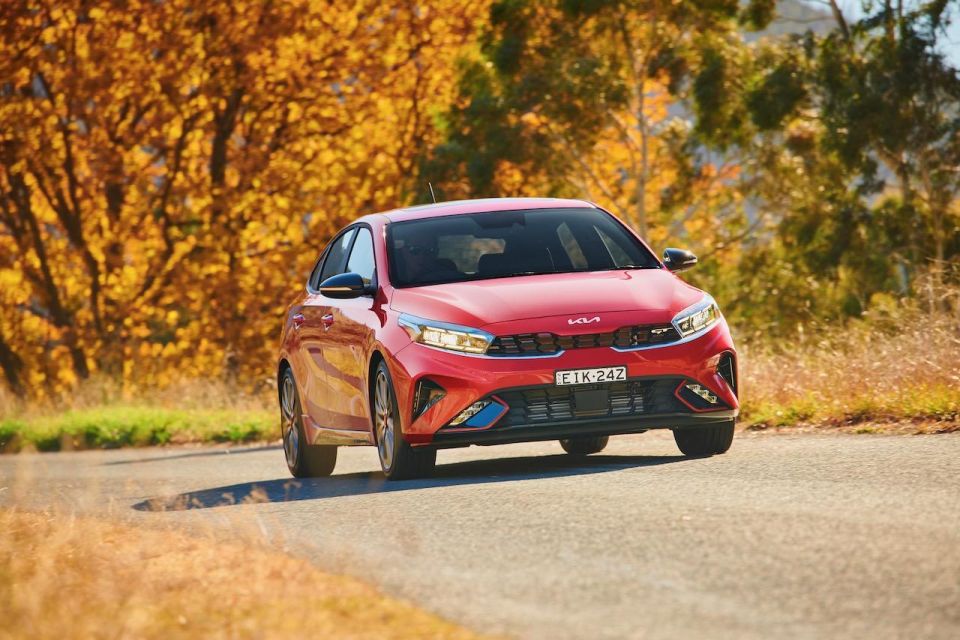
While we only got the chance to sample the top-spec Cerato GT, it’s also the variant that’s bound to surprise the most. Not just for the effortless throttle response and power delivery, but for how much fun it is to drive on a twisty B-road.
Right from the get-go, the Cerato GT feels unusually well sorted. It’s not just about the 1.6-litre in-line turbo four with 150kW and 265Nm, though it does pull especially well in the mid-range, it’s the whole kit and caboodle.
The steering is bang on with its weighting and quickness of ratio; there’s not a lot of arm twirling required here. It’s rock solid on centre, with very little play either side.
Honestly, it feels more direct and more hooked up than an i30 N line.

It’s more confidence inspiring across these B-roads in the Southern Highlands of New South Wales. I have to keep reminding myself “this is a Kia Cerato” because I wasn’t expecting this quality of suspension work in a Kia hatch, even the GT.
Turn in and the Cerato commits with very little body roll. Not only that, it feels balanced. You want to push on – and we did, with even better results. It feels like the chassis could handle more torque.
Turns out, there’s more to this car than meets the eye. The spring rates and the fundamental chassis stiffness was set for this car by the Kia and Hyundai testing department responsible for the final i30 N passive suspension.
It’s similar to the European Proceed GT as far as spring rates go, which is why the Cerato GT is relatively firm.
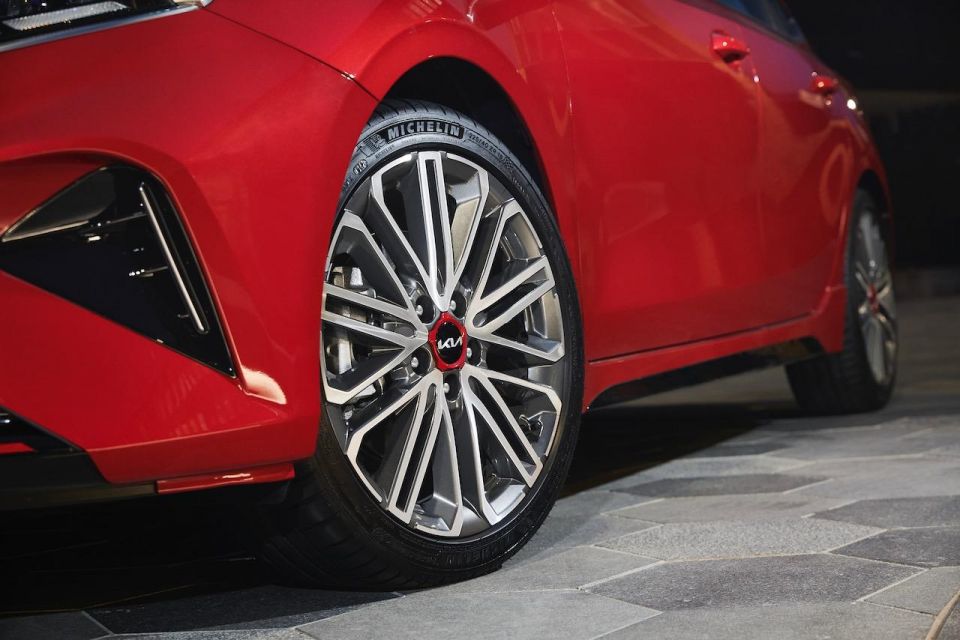
Where expert car reviews meet expert car buying – CarExpert gives you trusted advice, personalised service and real savings on your next new car.
That’s not to say it’s uncomfortable, because Kia also likes to add a locally-tuned element its cars, and over the years it’s pretty much perfected what can be a black art when it comes to anti-roll bars and springs.
While you can definitely feel the stiffness in the chassis on coarse-chip regional back roads, it’s also rounded out rather than offering any uncomfortable sharpness.
Kia has nailed the damper rebound tune on Cerato GT, because even when you start to really push there’s no skipping on these rough country roads.
It’s all very well controlled.

The way this thing can string a few tight bends together is bound to put a smile on your face. I guarantee it.
Mostly, the seven-speed dual-clutch auto is decent with added throttle-blipping in Sport, but occasionally I would pull a gear when approaching a corner and it wouldn’t always comply. But, that’s likely a rev-protection mechanism than any fault.
You’ll like the steering feel. There’s plenty of it, with plenty of directness dialled in. All of that has been tuned locally to be much heavier than the original tune.
Braking is sorted too, with the Cerato GT wearing 305mm front discs (up from 280mm on all other variants) for excellent stopping power.

All 2021 Kia Cerato models require servicing every 12 months or 15,000km, whichever comes first, except for the Cerato GT which requires servicing every 12 months or 10,000km.
Kia offers seven years of capped-price servicing. The pre-facelift GT has an average service cost of $470, while all other Ceratos have an average cost of $419.
The Cerato is covered by Kia’s seven-year, unlimited-kilometre warranty.
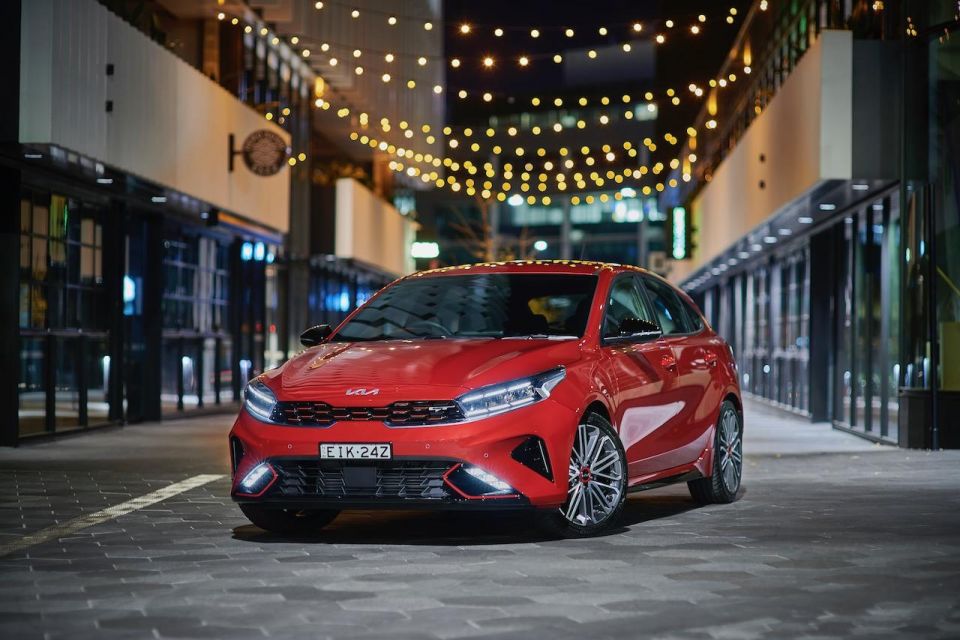
Buy your new car without the stress. It's fast, simple and completely free.

Great service from Travis and team, second time I have used this business would not hesitate to recommend them to anyone
Craig C.
Purchased a Ford Ranger in Sunshine Coast, QLD
CarExpert helped Craig save $7,224 on his Ford Ranger, now let us save you on your next new car.
Get your BEST priceThe fact you can drive away in a new automatic Cerato for as little as $25,990 is impressive enough to me, but even at $36,990 drive-away the performance GT version seems like solid value.
When you consider just how well this car is sorted from a dynamic perspective, that proposition becomes much more attractive.
It’s uncanny how well this the Cerato GT goes and handles a spirited drive across rough country roads, not to mention its steering feel and ability to get-and-up-and-go with strong mid-range pull on tap.
It’s well worth a test drive.

Click the images for the full gallery
Where expert car reviews meet expert car buying – CarExpert gives you trusted advice, personalised service and real savings on your next new car.


Max Davies
5 Days Ago
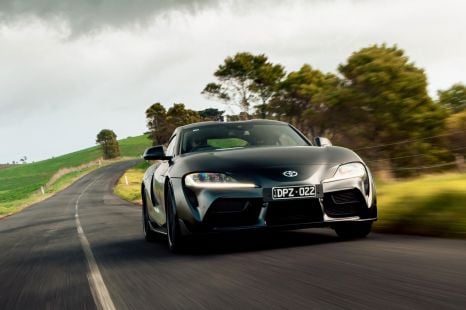

Max Davies
4 Days Ago
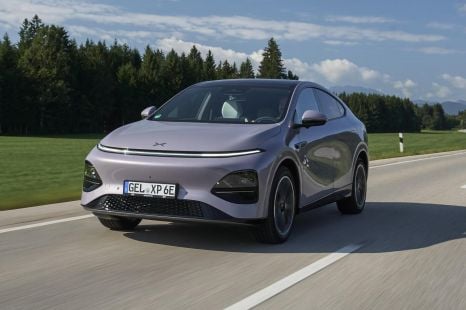

Neil Briscoe
3 Days Ago
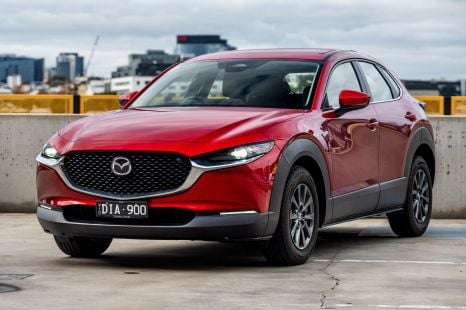

Max Davies
2 Days Ago
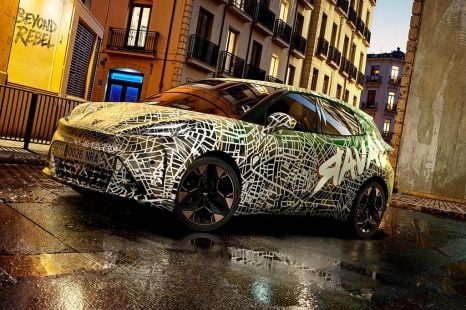

Damion Smy
9 Hours Ago
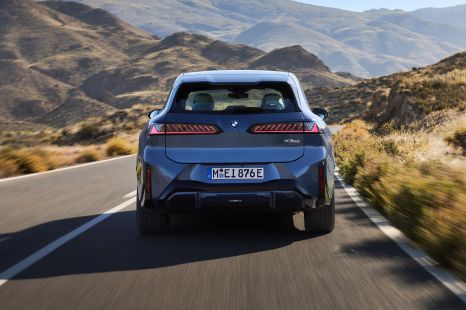

Alborz Fallah
8 Hours Ago